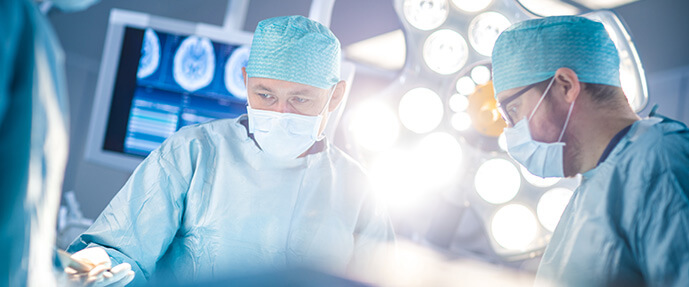Cell therapy using induced pluripotent stem cell-derived neurons is considered a promising approach to regenerate the injured spinal cord (SC). However, the scar formed at the chronic phase is not a permissive microenvironment for cell or biomaterial engraftment or for tissue assembly. Engineering of a functional human neuronal network is now reported by mimicking the embryonic development of the SC in a 3D dynamic biomaterial-based microenvironment.
Over the years, different types of scaffolds have been used for the regeneration of complex organs, such as the infarcted heart, injured spinal cord, and the neurodegenerative brain.
Cardiovascular diseases are the number one cause of death in industrialized nations. To date, heart transplantation is the only treatment for patients with end-stage heart failure. Since the number of cardiac donors is limited, there is a need to develop new approaches to regenerate the infarcted heart.
Cardiac tissue engineering provides an alternative approach by integrating cardiac cells and 3D biomaterials.
Cardiac tissue engineering provides an alternative approach by integrating cardiac cells and 3D biomaterials.
Fabricating three-dimensional, biocompatible microenvironments to support functional tissue assembly remains a key challenge in cardiac tissue engineering. We hypothesized that since the omentum can be removed from patients by minimally invasive procedures, the obtained underlying matrices can be manipulated to serve as autologous scaffolds for cardiac patches.








